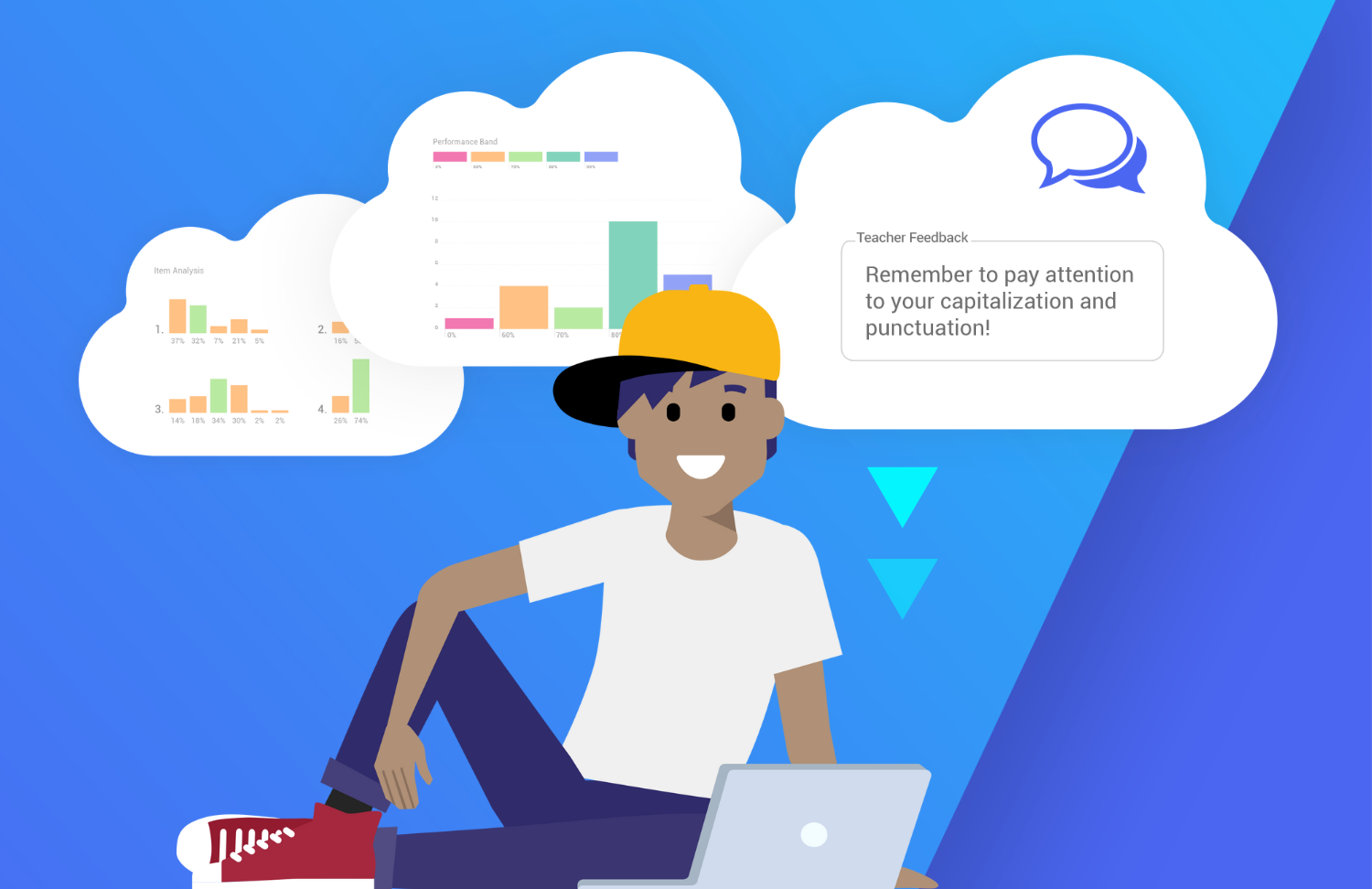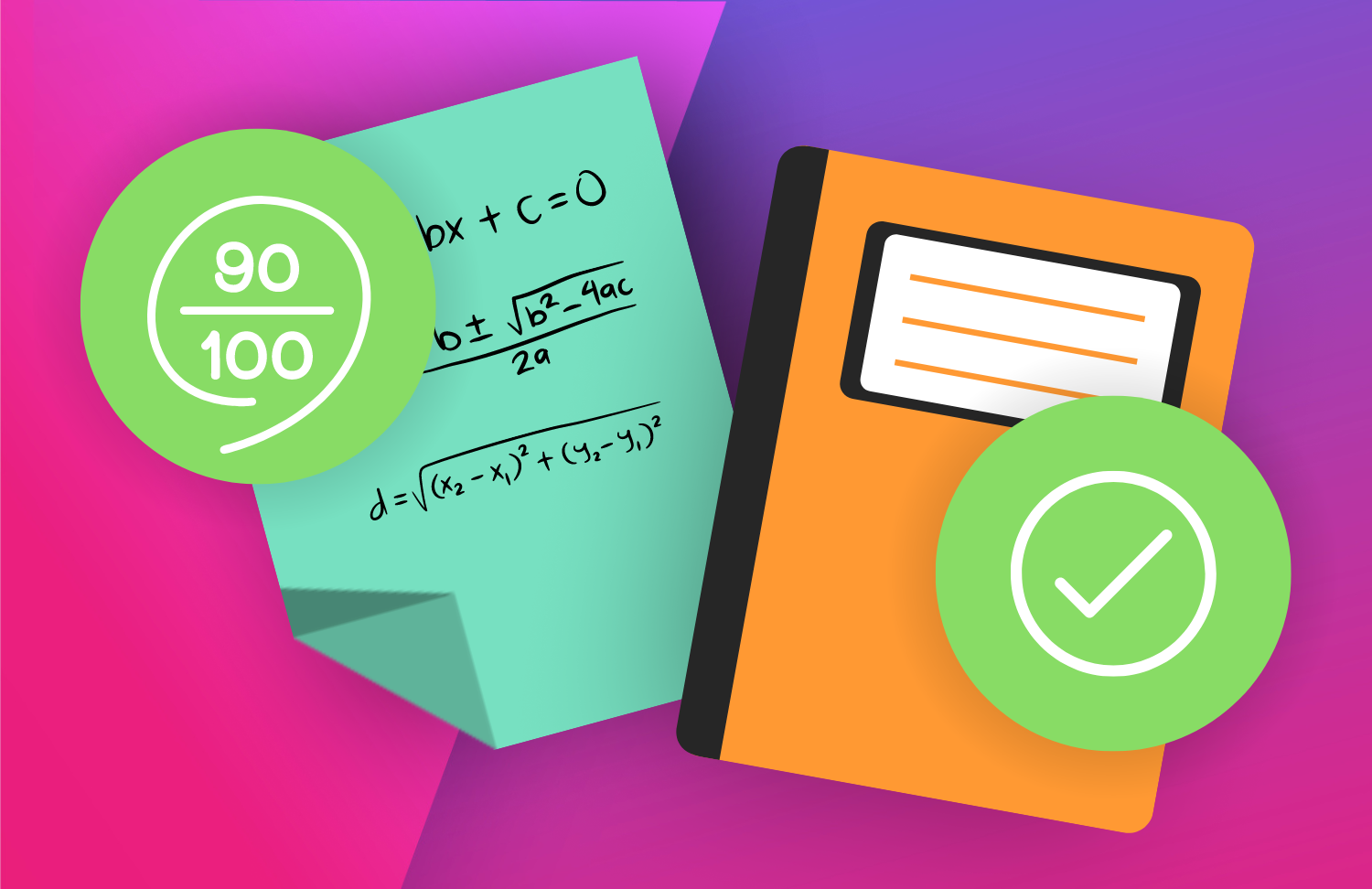3 Easy Steps to Adding Collaboration to Your Classroom
As the year winds down, many educators wrap up by diving into project-based learning or opportunities for collaboration. Collaborative learning can be defined as activities between scholars (partner work), small groups, or larger group projects.
These activities often allow for different scholars to shine that might not typically engage in our more routine lesson formats. According to the Center for Teaching Innovation at Cornell University, collaboration activities heighten peer-to-peer opportunities and “…educational researchers have found that through peer instruction, students teach each other by addressing misunderstandings and clarifying misconceptions.”
Collaboration skills are often associated with a teacher’s classroom management style, project-based learning, and performance-based assessment. There are three easy steps to expanding collaboration opportunities in your classroom whether you’re in a virtual setting or in-person.
Prepare for Collaborative Activities
Lay the ground rules for collaboration and give scholars a chance to express their preferences around what works best for them. Create a quick survey to ask scholars to rank the role(s) they prefer to take on during collaborative activities. Include open-ended questions to learn about behaviors that scholars appreciate from team members during projects.
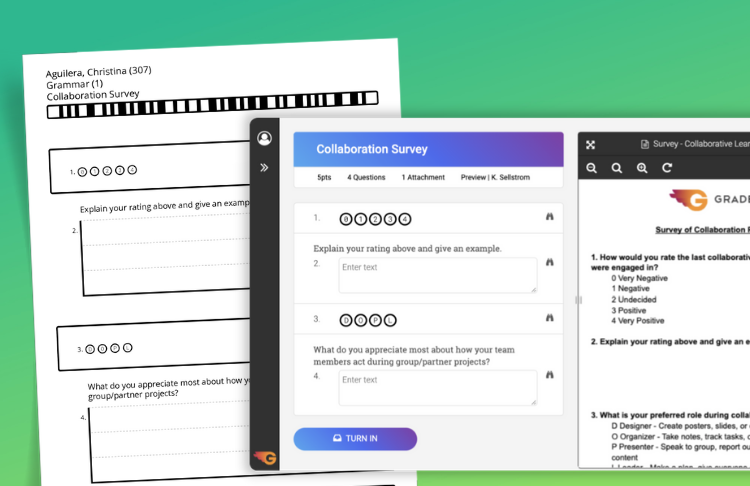
Make sure scholars know what is expected of them in their role, as well as how their team or individual contribution will be assessed. A great place to start is EL Education’s: Collaborative Culture Norms and PBLWorks: Using Roles in Teams and Collaboration Rubrics (Samples for Grades 6-12).
Check for Understanding
Create midpoint checks for understanding about the collaboration process to give teams space to adjust and respond to feedback. A check for understanding or peer evaluation could include prompts like:
- So far I’d rate our team’s collaboration as 1, 2, 3.
- Open-ended – Describe your reason for the rating above.
- So far I’d rate my own contribution to the collaboration as 1, 2, 3.
- Open-ended – Describe what you can do to improve.
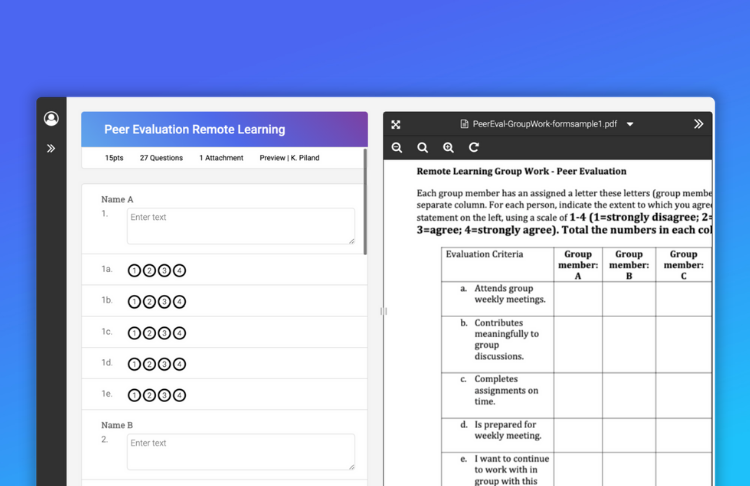
Follow up the discussion with examples of what a good collaboration might look like (See Teaching Channel Video Samples for Ideas) and brainstorm ways to approach situations that have been barriers thus far.
Assess the Process as well as the Product
Some scholars who might not shine in the recitation of facts or remembering complex algorithms on tests, may excel in public speaking, creative expression, or using tech tools during a collaborative project. GradeCam’s observation form allows teachers to score all students for the class on a single scan sheet. They can simply walk around the room and record student scores as they observe the collaboration taking place. Once the form has been scanned, each criterion can easily be reviewed in the Item Analysis report.
Additional rubrics to guide the design process for a successful collaborative project can also be found here.
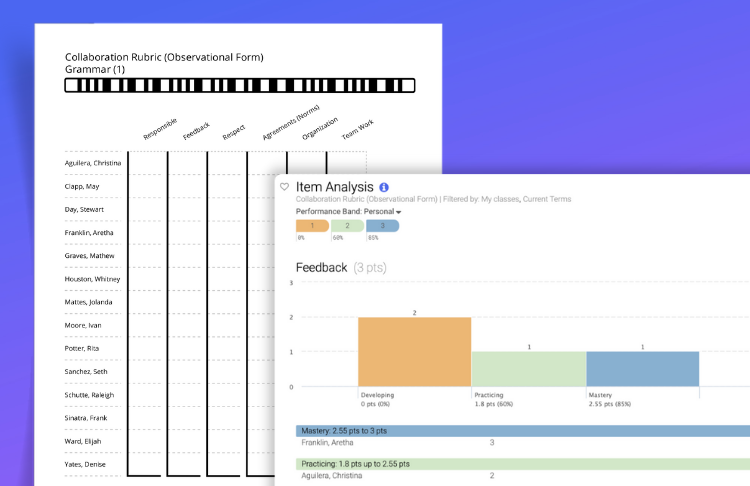
From Vgostky’s social interaction theories to Hattie’s research on the power of feedback, the impact of collaboration on learning is well documented. The benefits of incorporating more collaborative activities in a virtual and in-person environment include:
- Development of higher-level thinking, oral communication, self-management, and leadership skills (Collaborative Learning, Center of Teaching Innovation, Cornell University).
- Providing options through place-based and experiential learning opportunities that open new possibilities for student interests and future career explorations (“5 Ways to Build Collaborative Learning Skills In and Out of the Classroom“ Getting Smart, 2019).
- Collaboration that not only strengthens students’ existing skills but also ensures their interactions stretch existing knowledge and expand one another’s expertise (“5 Strategies to Deepen Student Collaboration” Edutopia, 2016).

